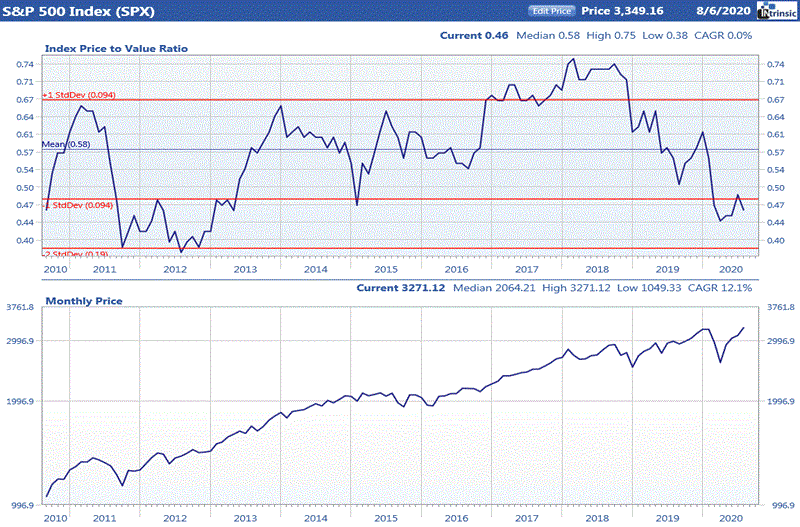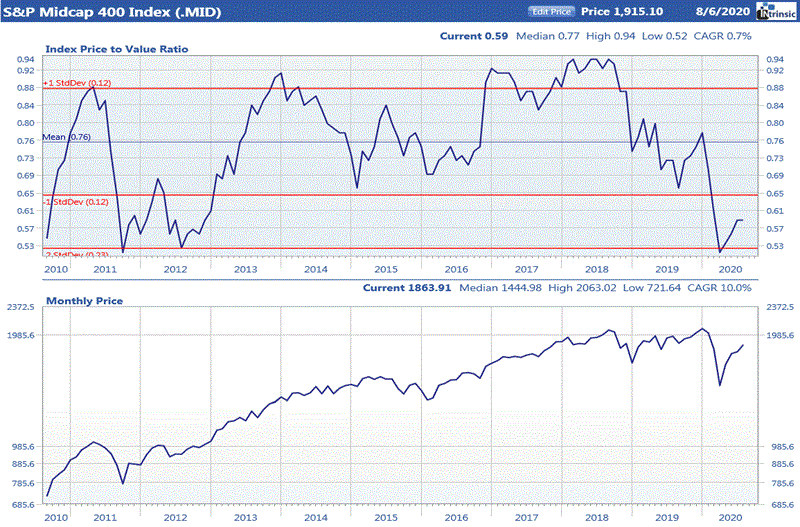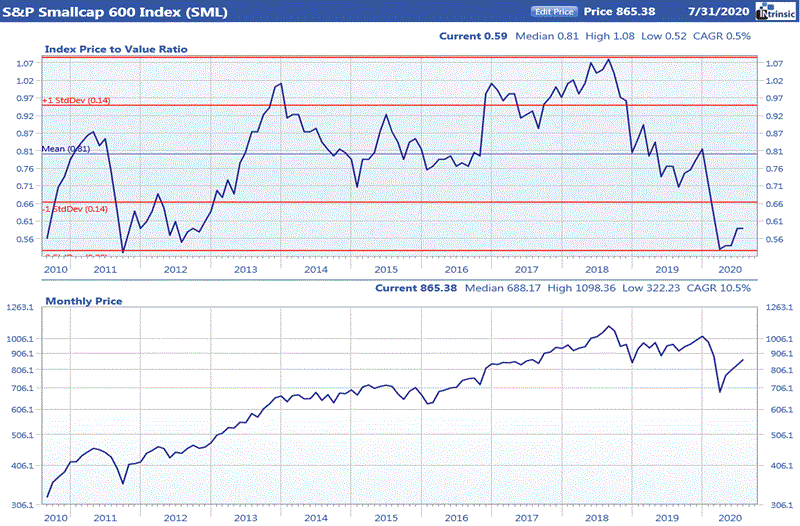Market Briefing
Equity prices continued to advance in July. Indexes constituting large, mid, and small capitalization issues all finished with solid gains. News of positive coronavirus vaccine developments had a particularly leavening effect on stock prices. In addition, news pointing to a rebounding economy was released during the month. Payroll numbers for June were above expectations. In addition, Retail sales, housing starts, and existing home sales all posted gains. Despite this, the overall Q2 GDP contracted by nearly a third on a quarter-over-quarter basis. The federal government began discussions around a further stimulus spending bill. Second quarter earnings for several large cap growth companies came in above analyst’s estimates. Investors continued to favor momentum stocks in July. Price gain measures, growth, earnings momentum and earnings surprise were among the top performing selection factors. Value stocks fared poorly for the month with p/e ratio, price/book value, peg ratio and price/value among the poorest performing factors. About 75% of the industry groups we track had positive average price gains in July. Notable among the top performing groups were forest products, plumbing, heating & ac, and miscellaneous metals & mining. The oil sector performed poorly with oil well drilling, integrated domestic oil, and integrated international oil among the weakest groups. Retailers including drug stores and department stores were also among the poorest performers in July.
Value of the Market



Source: Ford Equity Research
